Nervous about your big presentation? Just pretend everyone in your audience is a head of cabbage.
That strategy worked for Alice Gast back in high school, in Long Beach, Calif., and it also worked when she gave her valedictory speech, in 1980, at the University of Southern California. Gast, who is a renowned chemical engineering scholar and the president of Imperial College London, told that story Thursday, May 17, 2018, in the Metcalf Trustee Ballroom when she delivered the fourth annual ARROWS (Advance, Recruit, Retain, and Organize Women in STEM) lecture, A Checklist for Women in STEM.
At the top of Gast’s checklist: be confident. Even if you’re not feeling confident, project confidence, said Gast, who is a former president of Lehigh University and vice president for research and associate provost at MIT. For her, she told the audience, competing in track was a key confidence builder.
Women can do anything in science that men can do, she said. They don’t need sympathy or special treatment to succeed: “They need respect.”
The ARROWS lecture recognizes those with extraordinary records of leadership and vision in addressing issues facing women in STEM fields (science, technology, engineering, and mathematics). Gast’s message was enthusiastically received by her audience, which included ARROWS inaugural director Joyce Wong, a College of Engineering professor of biomedical engineering, Robert A. Brown, BU president, Jean Morrison, University provost, Gloria Waters, vice president and associate provost for research, and other top administrators, as well as faculty, staff, postdoctoral fellows, and graduate and undergraduate students and members of the public.
“I can think of no woman academic leader who better exemplifies ARROWS,” said Brown, in introducing Gast. In 2014, she became the first female president of Imperial College—which he described as “perhaps the world’s premier university focused on science, engineering, and medicine.”
Among the other items on Gast’s checklist:
- Focus and build upon your strengths.
- Double-check everything.
- Use all your talents and all the tools in your toolbox.
- Trust your intuition.
- Know your potential colleagues.
- Build diverse teams.
- Be prepared for uncomfortable moments.
- Be kind to the people you compete with.
- Focus on the positive.
- Find your role models and mentors—male and female.
She talked about the importance of “collaborative, peer-mentor relationships that aren’t viewed as remedial because you are women and you need extra help.”
“They have to be people you can trust, people you can talk to,” she said, adding that one of her mentors has been Brown.
Gast joined the faculty at Stanford University in 1985. Some 15 years later, when Brown was the provost of MIT, she said, “he got on a plane to California, we went to breakfast, and he talked me into coming to MIT.” At MIT, in addition to her leadership role, she held the Robert T. Haslam Chair in Chemical Engineering.
She offered statistics to illustrate the underrepresentation of women in STEM fields in the United States: while women make up more than 50 percent of undergraduates, only 30 percent are pursuing STEM majors. Women hold just over half the jobs, but only a quarter of those are in STEM. Women are underrepresented on boards of directors across industry, but especially in STEM companies.
She said the challenges involved in doing science are not what keeps more women from entering—and remaining in—STEM fields. “We need to provide the right support so people can succeed,” she said, citing ARROWS as an example of that support. “What ARROWS is doing is very exciting.”
An expert in surface and interfacial phenomena and the behavior of complex fluids, Gast traces her own interest in STEM to her childhood in southern California. “I grew up loving science,” she said. “My father was a biochemist. He was a toxicologist. I wanted to know about what he did.” She was fascinated by his lab rats, especially his pet rat Abby. “He shared his over-sweetened coffee with Abby,” she said. “Abby had the run of the kitchen counter.”
In high school, she joined the Explorers and learned about mountaineering—and engineering. “They were all men—and engineers,” she said.
Gast remained undeterred in her passion for science and pursuit of a career in STEM, but research shows that vast numbers of girls—and young women—have a different experience, with many girls from ages 7 to 10 opting out of STEM. (“We lose boys, too,” she noted).
“We need to capture girls earlier,” she said. And while that hasn’t traditionally been a mission of most universities, Imperial College has made it one. The faculty and staff have created video science news modules, which are distributed free to 6,800 schoolchildren each year. “It’s a start,” she said.
Imperial College has also established a program for female entrepreneurs in the urban community surrounding its campus in the White City section of London. “What do you know—70 women showed up,” she said, and “women started winning all the challenges.”


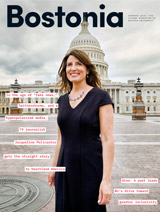
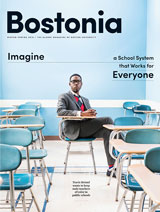
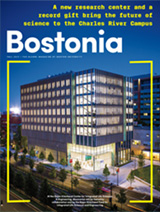



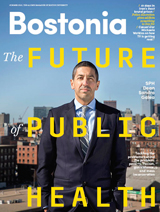

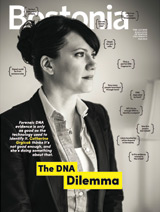

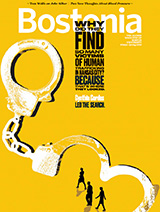

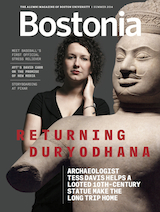
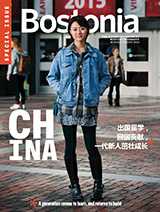
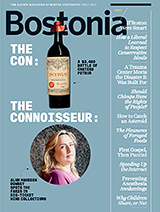
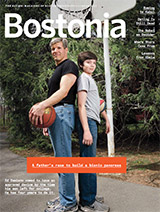

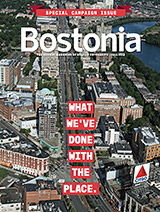

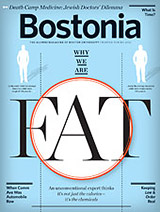

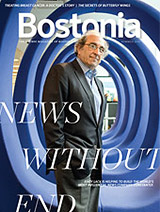
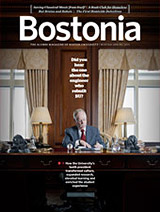
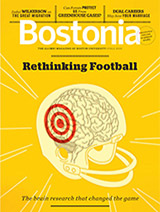


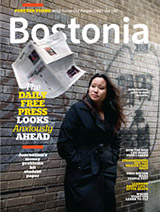

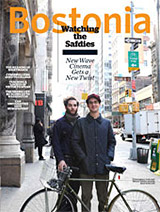
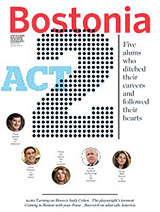
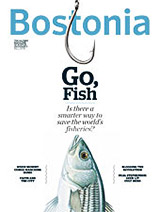

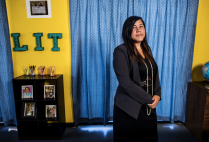
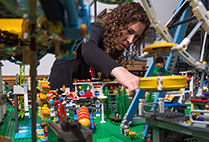



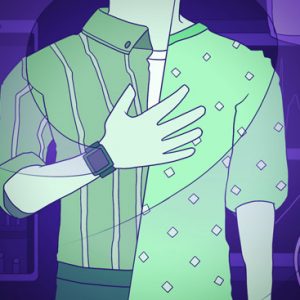

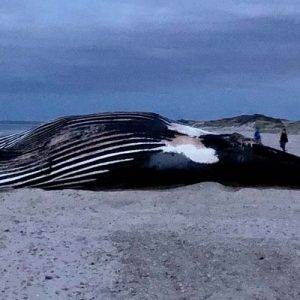
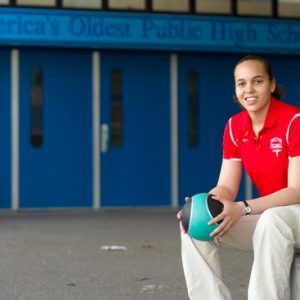


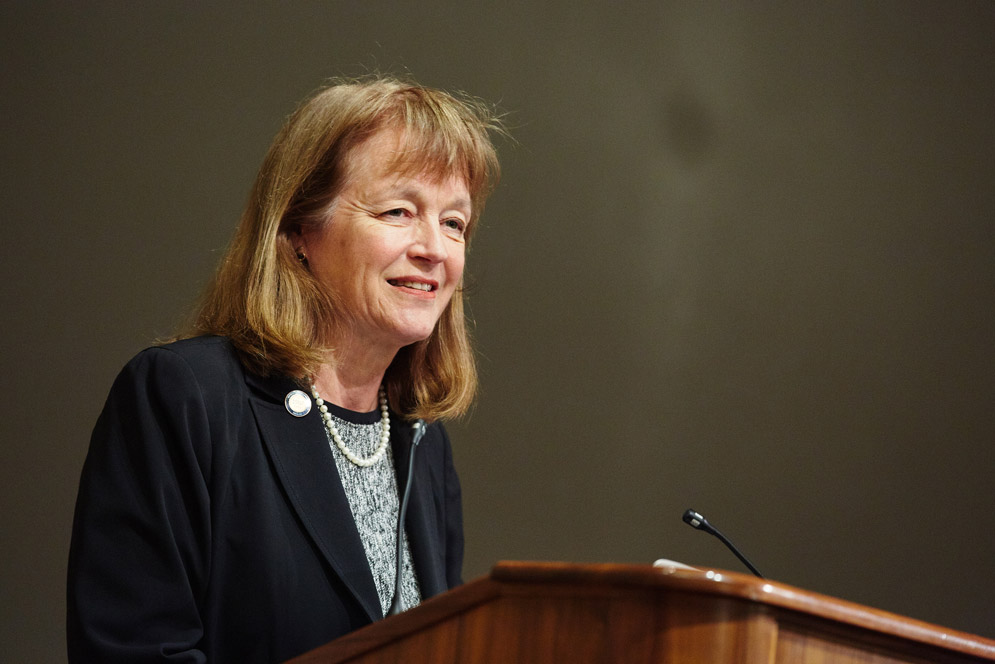
Related Stories
Science Club for Girls Takes STEM to the Next Generation
GWISE grad students share knowledge and enthusiasm
Two from BU Cited for Encouraging Women in STEM
Lauded by magazine for their inspiration
New BU Initiative to Boost STEM Education
Goldberg, Wong named to coordinate teaching, recruitment
Post Your Comment